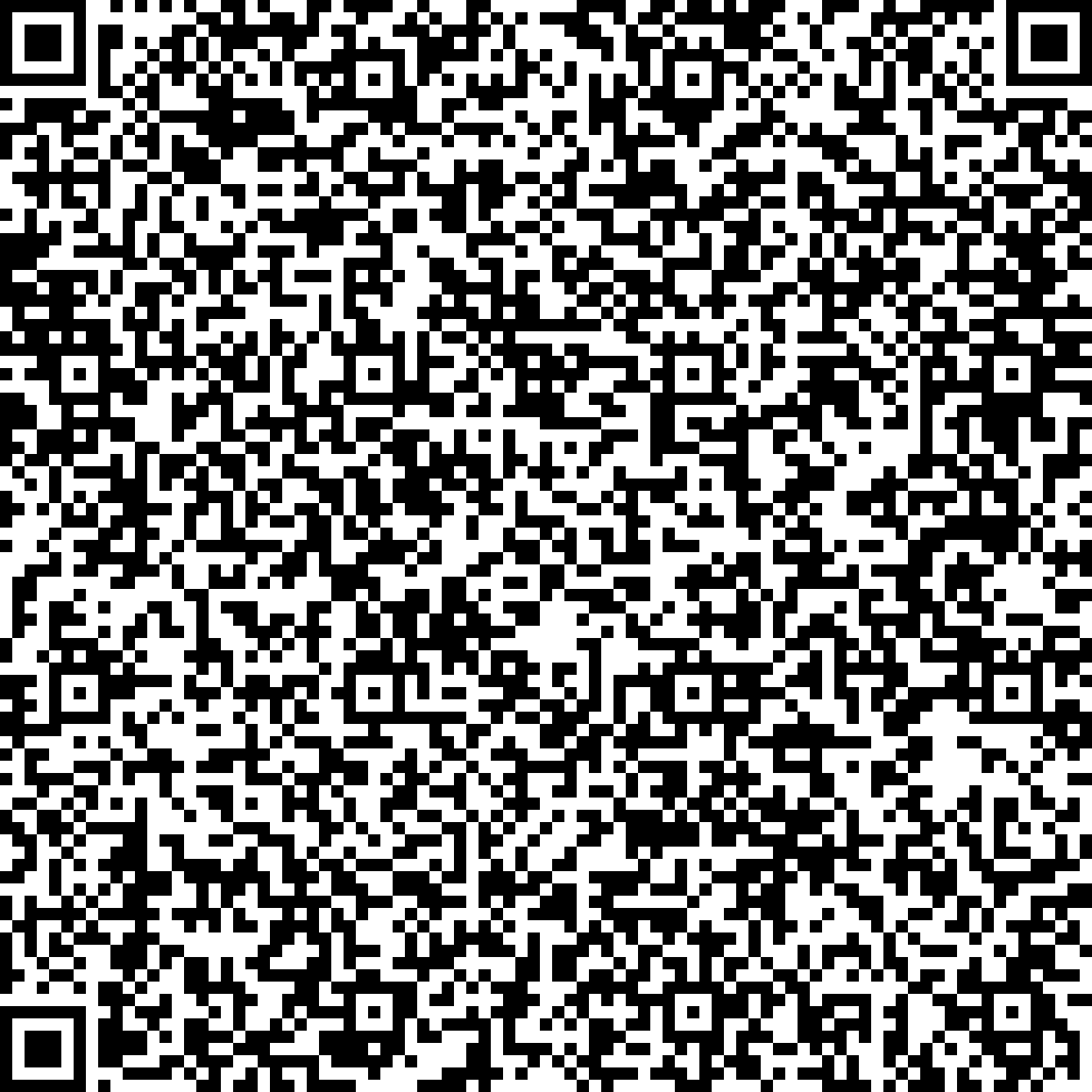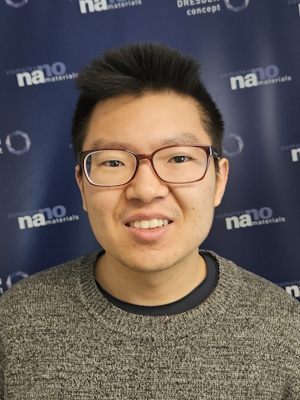


The aim of this work is to develop optical coating systems for EUV and X-ray optics, which usually consists of the mirror substrate itself and a reflective coating, in case of EUV wavelength usually a molybdenum / silicon multilayer. In this work, an additional ultra-smooth intermediate layer is introduced to improve the surface quality of the mirror substrate. Typical applications are, among others, EUV lithography for nanoelectronics or reflecting X-ray mirrors in synchrotron facilities.
For good reflectance behavior multilayer coatings should have very smooth layer interfaces, which requires even better roughness values for the initial substrate surface. In the case of EUV and X-ray multilayer coatings, this corresponds to root mean square (Rq) surface roughness val-ues lower than 0.2 nm or ideally lower than 0.1 nm. This is often difficult to achieve for stand-ard substrate mirror materials like quartz glass or crystalline silicon, especially if the substrate figure is non-flat. Therefore, an additional smoothing layer is a good approach to overcome this problem., It can be prepared by magnetron sputtering or ion beam deposition and subsequently processed by ion beam etching to improve its Rq surface roughness to the desired value.
In this work, change in Rq surface roughness of rough amorphous silicon coatings is studied de-pending on several parameters, such as ion beam energy, ion source angular movement in two different axes, processing time, etc. Amorphous silicon coatings with different initial Rq rough-ness values before the ion beam etching are studied. All coatings were deposited on small Si-wafer test substrates (18×18 mm²), which were mounted on larger flat mirror geometry. In the future, the work could be continued with a curved geometry.
Doyeon is a master student of Physics at TU Dresden and he is working at his master thesis on ultra smooth thin films for application in EUV mirrors and X-ray optics at F-IWS Dresden.



The aim of this work is to develop optical coating systems for EUV and X-ray optics, which usually consists of the mirror substrate itself and a reflective coating, in case of EUV wavelength usually a molybdenum / silicon multilayer. In this work, an additional ultra-smooth intermediate layer is introduced to improve the surface quality of the mirror substrate. Typical applications are, among others, EUV lithography for nanoelectronics or reflecting X-ray mirrors in synchrotron facilities.
For good reflectance behavior multilayer coatings should have very smooth layer interfaces, which requires even better roughness values for the initial substrate surface. In the case of EUV and X-ray multilayer coatings, this corresponds to root mean square (Rq) surface roughness val-ues lower than 0.2 nm or ideally lower than 0.1 nm. This is often difficult to achieve for stand-ard substrate mirror materials like quartz glass or crystalline silicon, especially if the substrate figure is non-flat. Therefore, an additional smoothing layer is a good approach to overcome this problem., It can be prepared by magnetron sputtering or ion beam deposition and subsequently processed by ion beam etching to improve its Rq surface roughness to the desired value.
In this work, change in Rq surface roughness of rough amorphous silicon coatings is studied de-pending on several parameters, such as ion beam energy, ion source angular movement in two different axes, processing time, etc. Amorphous silicon coatings with different initial Rq rough-ness values before the ion beam etching are studied. All coatings were deposited on small Si-wafer test substrates (18×18 mm²), which were mounted on larger flat mirror geometry. In the future, the work could be continued with a curved geometry.
Doyeon is a master student of Physics at TU Dresden and he is working at his master thesis on ultra smooth thin films for application in EUV mirrors and X-ray optics at F-IWS Dresden.